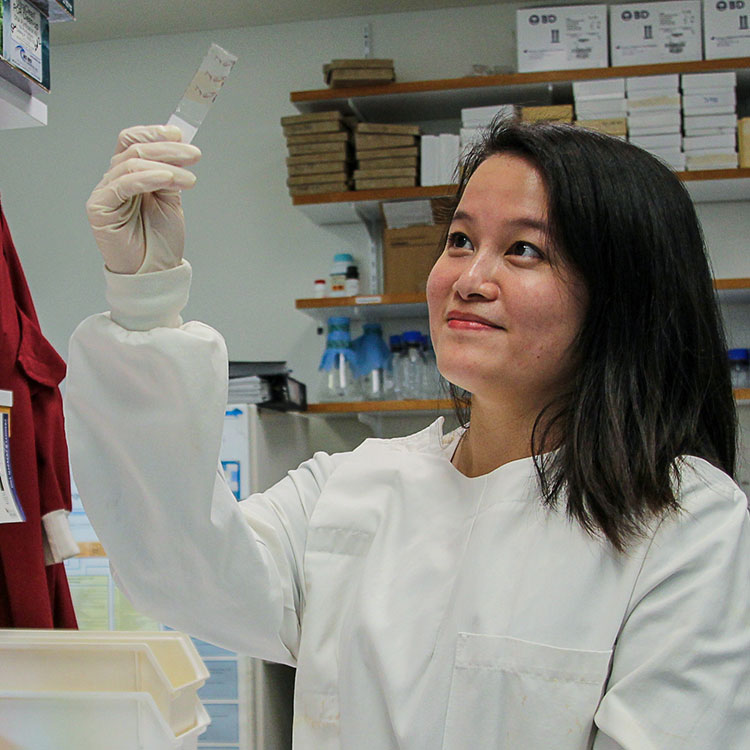Search
Showing results for "early life"

News & Events
State Government boost for The Kids researchThe Kids Research Institute Australia researchers have been awarded five of eight State Government awards designed to help cover the hidden costs of conducting research.
Research
Systems biology and big data in asthma and allergy: recent discoveries and emerging challengesWe describe recent "omic"-level findings, and examine how these findings have been systematically integrated to generate further insight
Research
Jelly snakes to reduce early postoperative vomiting in children after adenotonsillectomy: The randomized controlled snakes trialDespite the use of dual antiemetic agents, postoperative nausea and vomiting (PONV) occurs in an unacceptably large number of patients post-tonsillectomy. There has been increased interest in alternative and non-pharmacological treatments for PONV e.g., chewing gum. We investigated if chewing a large confectionary jelly snake had prophylactic antiemetic effects postoperatively in young children.
Research
Down syndrome studies; the transition from secondary school to adulthood: Experiences and life outcomes for youth with an intellectual disability and their familiesHelen Jenny Keely Leonard Downs Bebbington MBChB MPH BApplSci (physio) MSc PhD MClinPsych/PhD Principal Research Fellow Head, Child Disability
Research
Longitudinal bone mineral content and density in Rett syndrome and their contributing factorsBone mass and density are low in females with Rett syndrome.
Research
Evolving Trends of Gastrostomy Insertion Within a Pediatric PopulationNew gastrostomy insertion among children who require long-term enteral feeding support increased over the study period

News & Events
Global research for rare disorderThe Kids Research Institute Australia researchers set out on a worldwide search to find out all they could about Rett syndrome, establishing databases and creating awareness.

News & Events
New drug offers hope for people living with cystic fibrosisA promising new treatment pioneered in Western Australia for people with cystic fibrosis has commenced testing in a clinical trial in the United States and Australia.
Research
Plasmacytoid dendritic cells protect from viral bronchiolitis and asthma through semaphorin 4a-mediated T reg expansionWe found transient pDC depletion during Pneumovirus infection alone predisposed to severe bronchiolitis in early life and subsequent asthma after reinfection.
Research
Association of prenatal alcohol exposure with offspring DNA methylation in mammals: a systematic review of the evidencePrenatal alcohol exposure is associated with a range of adverse offspring neurodevelopmental outcomes. Several studies suggest that PAE modifies DNA methylation in offspring cells and tissues, providing evidence for a potential mechanistic link to Fetal Alcohol Spectrum Disorder.
